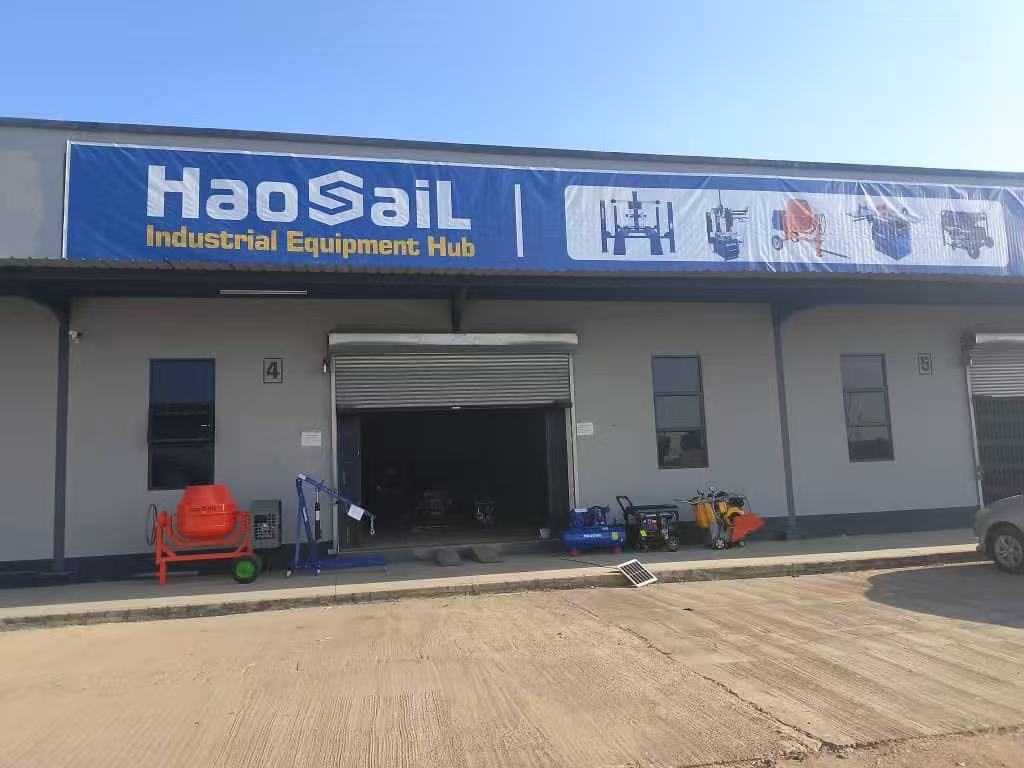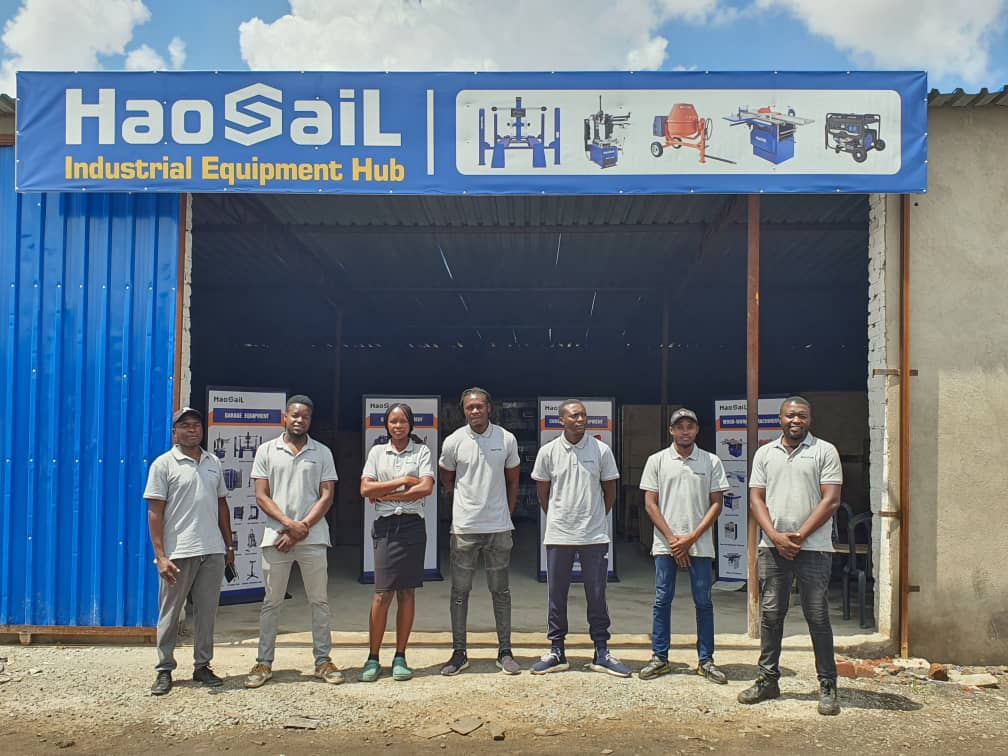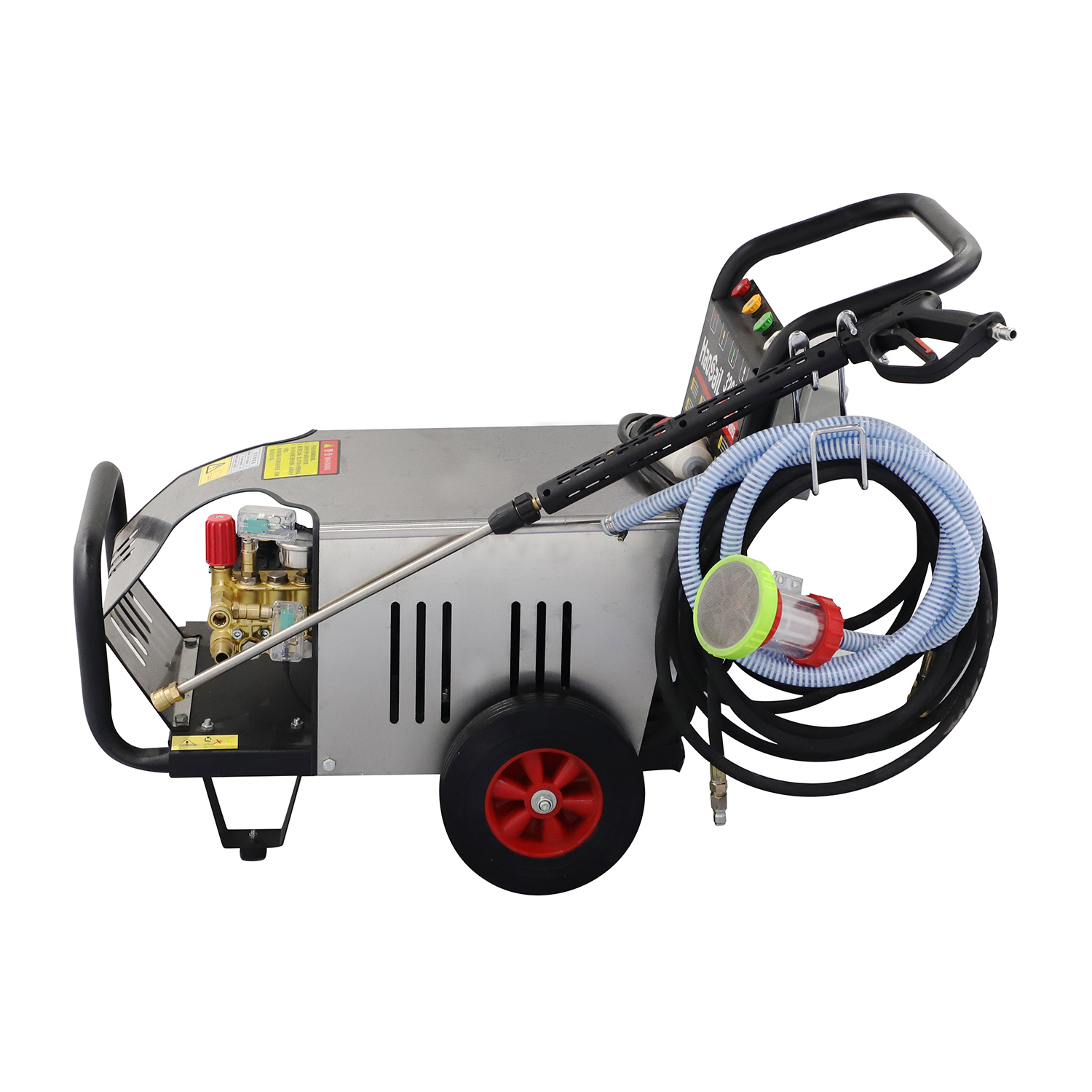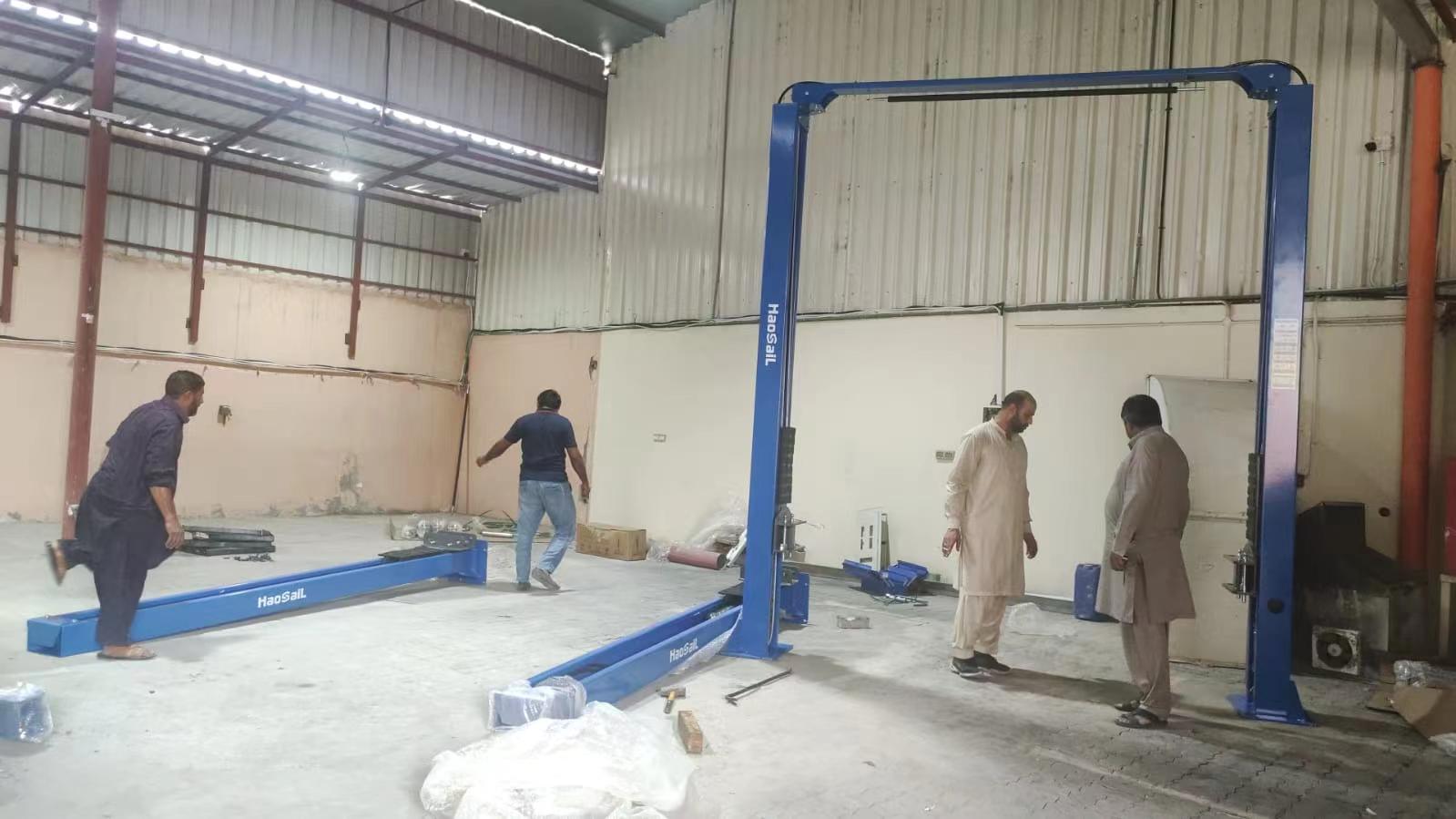
Aug 27, 2025

Aug 12, 2025

Jun 04, 2025

May 30, 2025
B4, Qingdao High-Tech Zone, No. 17 Songyuan Road, Qingdao.
+86 13864822549
The lift, as a crucial piece of equipment in modern mechanical engineering, has evolved in tandem with the Industrial Revolution, the automotive industry, and advancements in repair technology. Below is an overview of the key stages in the development of lifts:

### **1. Early Manual Era (Late 19th Century–Early 20th Century)**
- **Background**: The invention of the automobile (Karl Benz's first car in 1886) created a demand for lifting equipment for repairs.
- **Early Forms**:
- **Jacks**: The earliest lifting tools were screw jacks or hydraulic jacks, requiring manual operation with limited lifting height.
- **Simple Platforms**: Repair shops used pulley, rope, and counterweight systems to lift vehicles manually—inefficient and hazardous.
---
### **2. Mechanical Lifts (1920s–1940s)**
- **First Commercial Lifts**:
- In the 1920s, **Rotary Company** (USA) introduced the first mechanical lift, using chains and gears, operated by hand cranks or electric motors.
- The **Scissor Lift** emerged, utilizing a cross-arm mechanism for vertical movement, though stability was an issue.
- **Application**: Primarily used in auto repair shops, replacing traditional inspection pits.
---
### **3. Hydraulic Era (1950s–1970s)**
- **Technological Breakthroughs**:
- Hydraulic systems became widespread, enabling smoother lifting and higher load capacity.
- **Two-Post Lifts** became standard, using symmetrical hydraulic cylinders to support vehicles, offering greater workspace.
- **Safety Improvements**:
- Mechanical locking mechanisms were added to prevent drops in case of hydraulic failure.
- The **Automotive Lift Safety Standards (ALI/ANSI)** began to take shape in the U.S.
---
### **4. Diversification & Automation (1980s–2000s)**
- **Expanded Varieties**:
- **Four-Post Lifts**: Designed for heavy vehicles or long-term parking (e.g., in garages).
- **Mobile Lifts**: Portable units for emergency roadside assistance.
- **Electronic Controls**:
- Sensors and PLCs (Programmable Logic Controllers) enabled automatic balancing and overload protection.
- **In-Ground Lifts** saved space and improved aesthetics.
---
### **5. Modern Smart Lifts (21st Century–Present)**
- **Innovations**:
- Electro-hydraulic hybrid systems for energy efficiency.
- IoT integration: Remote monitoring, fault diagnostics, and data logging.
- **Robotic-Assisted Lifting**: Automated systems like those in Tesla service centers.
- **Expanded Applications**:
- Beyond auto repair to logistics (e.g., forklift lifts) and aerospace (aircraft maintenance).
---
### **Key Brands & Milestones**
- **Rotary Lift** (founded 1925): The world’s first professional lift manufacturer.
- **BendPak** (1960s): Pioneered commercial four-post lifts.
- **German & Japanese Firms**: Led advancements in precision hydraulics and electronic controls.
---
### **Future Trends**
- **Lightweight Materials** (e.g., carbon fiber) to reduce weight.
- **AI Safety Checks**: Automatic detection of vehicle balance points.
- **EV Adaptations**: Specialized lifts for electric vehicle chassis.
The evolution of lifts reflects the fusion of industrial needs and technological progress—transforming from simple tools into intelligent, mission-critical systems.
Clear floor car lifts have the advantage of low purchase cost and strong versatility. Lifts have made great contributions to the automotive maintenance industry, facilitating repairs and allowing height adjustments through control, reducing safety hazards with development. With technological advancement, there are many brands and types of lifts, with prices often varying. Chinese lifts are generally cheaper than foreign ones, but in terms of structure and manufacturing, they are similar. However, foreign R&D started earlier, so the quality is not the same. But with the development of technology, Chinese lifts are still quite good, with a high cost-performance ratio.
With the development of the automotive industry, lifts have become a must-have piece of automotive maintenance equipment in repair shops and 4S stores.